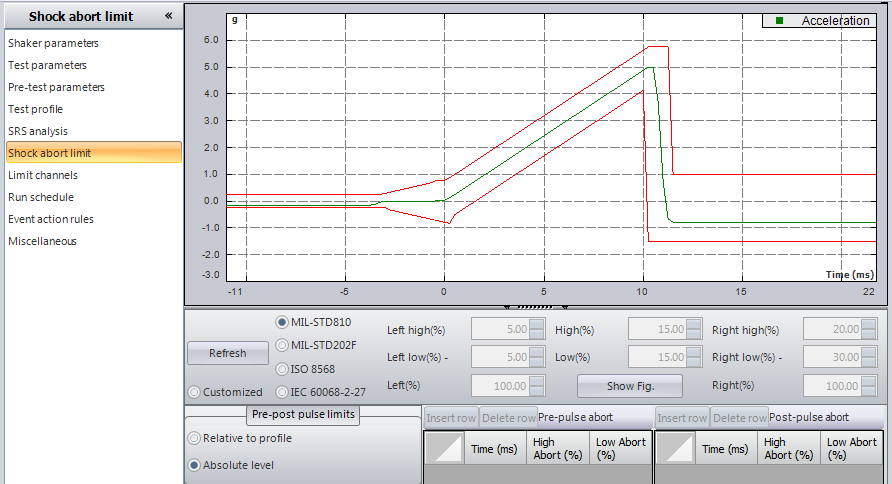Crystal Instruments' EDM software configured for MIL-STD-810 testing
MIL-STD Testing for Shock and Vibration
Military tools and equipment must perform reliably in some of the harshest environments on earth, from the depths of the ocean to the hottest of deserts. In addition to inhospitable natural conditions, technology designed for military use must endure gunfire shock, transportation vibration, and explosive and acidic atmospheres which are characteristic of a wartime situation. Military testing standards encompass some of the most rigorous requirements a test object could be subjected to.
Military Standards (MIL-STD) testing (also called MIL-SPEC) is a body of test specifications approved for use by the United States Department of Defense (DOD). The thoroughness and depth of these standards makes them a highly credible method to test commercial products as well. A laptop, for example, that can withstand an IED explosion from within a Humvee is also determined to be well-suited for the lesser stresses of civilian use. The DOD test method standards are considered in many circumstances of environmental engineering where the product must meet high standards of ruggedness and durability.
MIL-STD testing is performed by third-party accredited laboratories. MIL-STD-810 is the most widely used specification and includes a nearly comprehensive collection of close to 30 environmental tests, including those related to temperature, solar radiation, sand and dust, acoustic noise, humidity, and vibration. Other MIL-STD tests include MIL-STD 202 for electronic and electrical component parts, MIL-STD 883 for microcircuits, and MIL-STD 1344 for electrical connectors.
Crystal Instruments’ vibration controllers are designed to perform MIL-STD tests related to vibration including Random, Sine, Shock, and Mixed-mode tests. In MIL-STD-810G, the DOD has outlined 93 pages on vibration tests to verify that materiel will function in and withstand the vibration exposures of a life cycle. The MIL-STD vibration environment categories include manufacture, (assembly, shipping, handling) transportation, (train, marine vehicle, jet) operational, and supplemental (minimal integrity.) The tests seek to identify vibration-related problems including chafed wiring, intermittent electrical contacts, cracked and broken structures, particles lodged in circuitry, and other failed components.
Practically speaking, an avionics manufacturer may have to prove that their products will withstand aeronautical vibrations. Helicopters are one of the most commonly cited and severe cases of vibration that avionics engineering must withstand. This is in part due to the complex vibration environment of a helicopter. As the rotors produce a sinusoidal vibration, movement through the air and wind gusts produce a random or non-uniform vibration. To accurately test avionic instrumentation for this type of environment, military standards such as MIL-STD 810G call for a Mixed-mode or Sine-On-Random (SOR) test.
Effective vibration tests simulate the environment that the device under test will endure in field service and determine the effects on component parts within the frequency ranges and magnitudes of the test profile. Crystal Instruments controllers perform a wide range of vibration tests to help users meet MIL-STD testing requirements including: Shock Compensation, Shock Response Spectrum (SRS), Mechanical Shock, Effective Shock Duration, and Time Waveform Replication (TWR).

